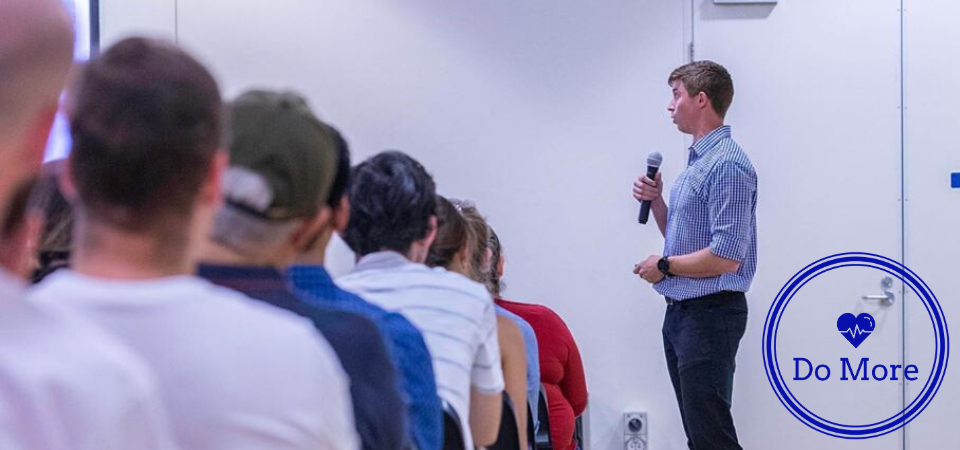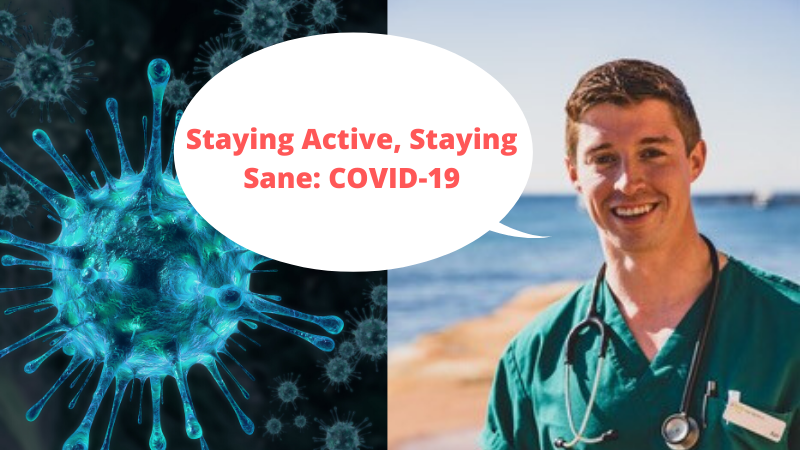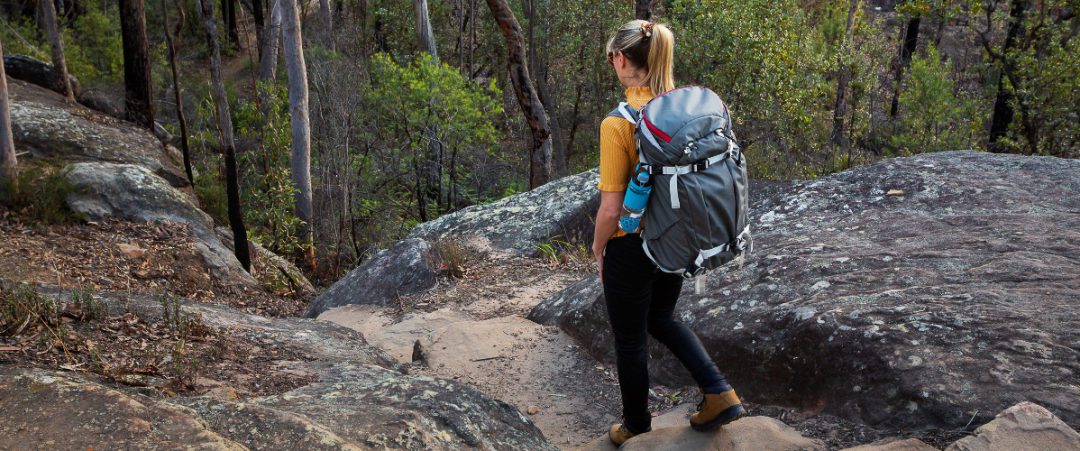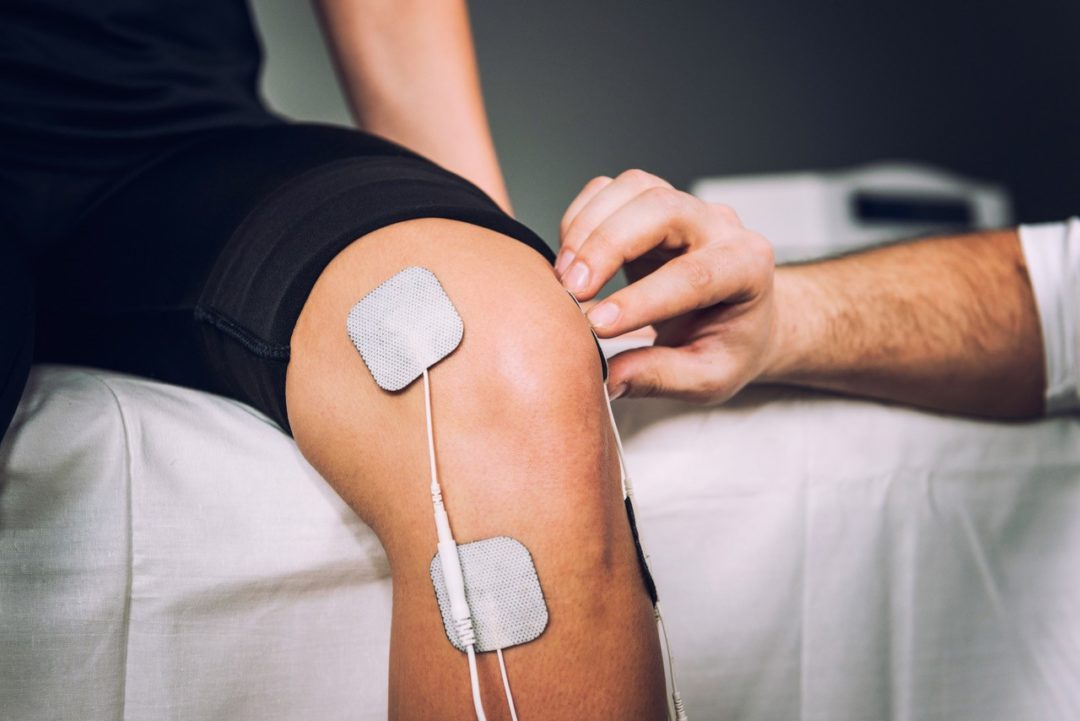Lunch with Doctor Do More
I gave a talk for a Cancer Council fundraiser this month, and wanted to share some of what we spoke about – specifically relating to health & wellbeing, exercise, your support team and the screening services available for common cancers.
Health & Wellbeing
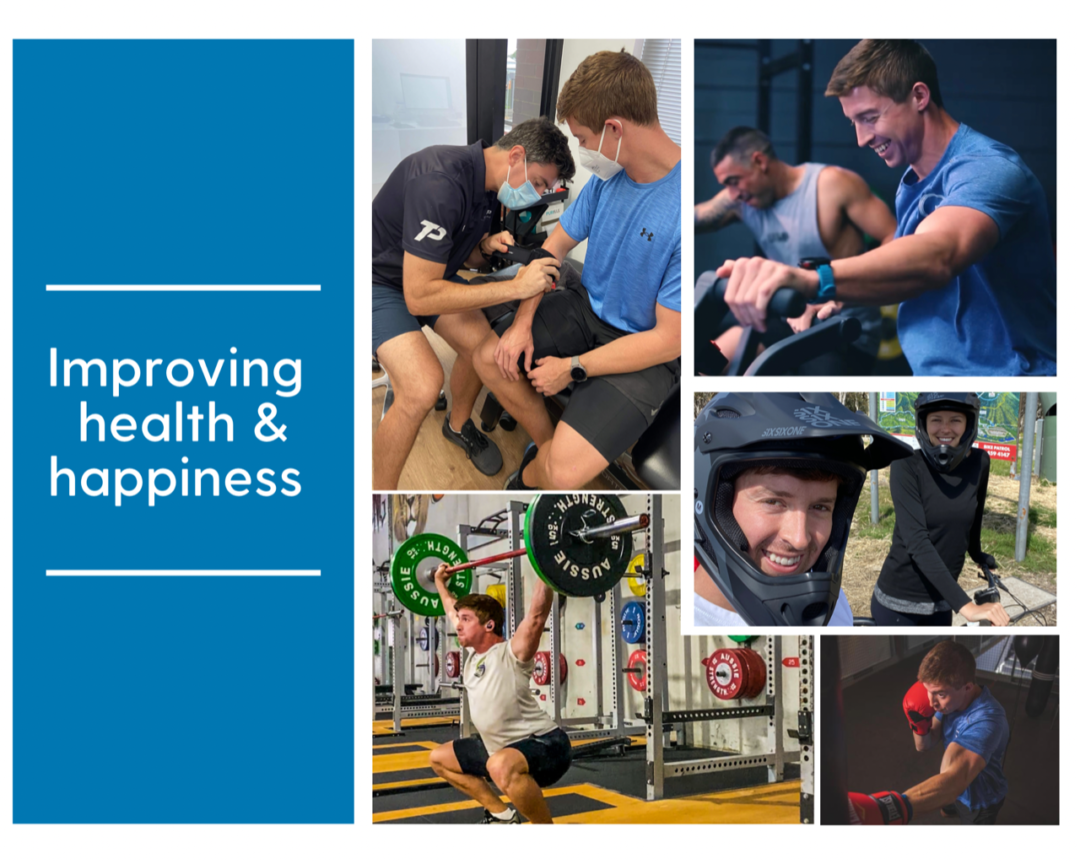
What comes to mind when you think of health and wellbeing?
A state of being free from illness or injury?
A person’s mental and/or physical condition?
My idea – and naturally I’m biased – is that health is our greatest asset, and highest priority.
Without our health and wellbeing, we’re not able to tend to other areas of our life, areas that will likely impact our physical and mental health. Mental health can be affected by our relationships, work and social events, and it allows us to be compassionate and caring, confident, and positive. Physical health allows us to function, to walk the dog, to garden, exercise and work. It can affect our energy levels, pain, and our mental health too. To simplify what is very complex and unique to everyone, I often counsel patients to think about 5 areas of their health and wellness that they may be able to improve on:
- Exercise
- Diet
- Sleep
- Work
- Relationships
These 5 key pillars allow us to identify the areas that we can change to make the biggest impact on our health. If you feel you’re sleeping 7-9 hours a day, work is a dream, and your relationships are fantastic; don’t fix what’s not broken.
What Isn’t Health
In our digital world, with social media and beauty magazines encroaching on our lives, it’s easy to think these are important to our well-being. Social Media may be a platform for information, but it is sparse for role models when it comes to healthy individuals. Similarly, ‘beauty’ may influence decisions when our image says very little about our health and wellbeing.
What about weight? My short answer: it’s an outcome of other behaviours, and although related to many medical conditions, shouldn’t be made a goal on its own.
Cancer
What is cancer?
You may have heard multiple different terms relating to cancer and disease: malignant, metastases, tumour, carcinoma, benign…the list goes on.
Cancer or Malignancy (synonymous): A group of more than 100 different diseases characterised by abnormal cell growth and the ability to grow and spread to other tissues and areas of the body.
Different Types
There are far too many cancers to mention here but the important thing to know is that they can affect any tissue or organ and are often further differentiated by the type of cells they’re made up of. For example: ‘lung cancer’ may be a ‘squamous cell carcinoma’ or an ‘adenocarcinoma’ depending on which type of cells. For more information visit https://www.cancer.org.au/cancer-information/types-of-cancer
The Cancer Control Continuum
This describes the various stages from cancer causes, prevention, early detection, diagnosis, treatment, survivorship, and end of life:

This can help us to identify areas of intervention as well as understand the journey for patients.
Cancer Prevention and Detection: Screening
Cancer Council NSW has a focus on Screening for Bowel, Breast and Cervical Cancers.
Bowel Screening
Fun fact: I really don’t like talking about poo. Yet I have to ask over 50% of the patients I see in emergency about their bowels, so I often find ways around using the ‘p word’! That said, if we can reduce the discomfort around this topic of conversation, we can save 84,000 lives by 2040 – that’s if we can encourage 60% of eligible Australians to take part in the National Bowel Screening Program.
90% of bowel cancers can be successfully treated – if detected early. Finding bowel cancer early can substantially improve a person’s chance of surviving the disease.
Cervical Screening
Cervical cancer is one of the most preventable forms of cancer as it can be caused by Human Papilloma Virus (HPV), which we are able to vaccinate against. We can eliminate cervical cancer in Australia by 2035 if we maintain vaccination and screening rates. If you own a cervix and are aged between 25 and 74 you’ll be invited to have a cervical screening test every 5 years. If you haven’t, mention this to your GP.
Breast Screening
Breast cancer is the most common cancer in women – one in eight women in NSW will develop breast cancer in their lifetime. Screening for breast cancer involves having a mammogram every two years from the age of 50 (or earlier if your GP advises it). This is a low dose x-ray of the breast tissue. It can show changes that may not be felt during a physical examination. Most breast changes aren’t cancer, but it’s best to see your GP for a check-up if you’ve noticed:
- New lump or lumpiness
- A change in the size or shape of the breast
- A clear or bloody discharge from the nipple that occurs without squeezing
- A change in the skin of the breast, such as redness or dimpling
- Swelling or discomfort in the armpit
- A change to the nipple, such as crusting, ulcers or sores, redness or inversion


Your Support Team
Seeking Help
It’s a scary enough thought to seek the help of a professional, let alone a friend. Not only does it require us to admit to ourselves that we want to change, but we then must admit it to someone else.
We often feel that it’s a sign of weakness requiring the help of a professional, and for that I’ll ask, “Why do it alone?”. If you quit smoking on your own versus with the help of nicotine patches and counselling… you still quit smoking!
There’s no reward for doing it the hard way, there’s simply a much greater chance you’ll not succeed.
Who can help?
There are many health-related professionals that can assist you in your journey:

Top Tips
If you want to go fast, go alone. If you want to go far, go together.
- Recruiting the help of professionals to help you reach your health goals can set you up for success rather than repeat the same old cycle.
- Identify your goal, identify your support team, ask for directions then start slowly.
- Discuss options with your GP as a first port of call: who might be able to help and whether there are treatment plans available to reduce costs.
Exercise
Why is it so hard?
If it’s truly hard to exercise, you’re doing it wrong!
What we need to understand about exercise starts with these definitions:
- Physical activity: any body movement that requires energy expenditure.
- Exercise: physical activity that is structured, repetitive, and designed to improve or maintain health.
Simply put, exercise is movement with the intention of improving or maintaining health. With this simple definition in our heads, exercise shouldn’t be hard. To exercise we only need to find a way of moving that we can do and, better yet, enjoy doing.
Why is it important?
Not only is exercise one of my pillars of health, but it can also improve virtually every aspect of our well-being.
Exercise has been shown to… *imagine this being sold on a shopping channel* …reduce cardiovascular diseases including heart attacks and stroke! Reduce the risk of type 2 diabetes! Improve mood and reduce depression and anxiety! Promote better sleep in the short-term and long-term! Reduce the risk of dementia! Improve libido! Reduce pain and risk of falls! Help manage weight and improve confidence! Provide a community or social life! Reduce the risk and improve outcomes of several cancers! … and more!
Yet, this free and accessible and sometimes even fun (!) activity isn’t performed by many. 28% of men and 35% of women in Australia are deemed physically inactive – meaning they aren’t meet the WHO Guidelines for physical activity (150 minutes or moderate-intensity physical activity per week).
What are my options?
Now is the moment to visit https://do-more.live/activities and find the exercise for you!

By Dr Ash Bowden – For more information on keeping active visit https://do-more.live
Facebook: Dr Ash Bowden | Instagram: @doctordomore



